The human body is a remarkable vessel, capable of adapting to extreme conditions in ways that often defy conventional understanding. Among the most fascinating of these adaptations is the ability to endure and even thrive in icy waters, a practice known as cold water swimming or ice swimming. This ancient tradition, now gaining modern scientific attention, reveals profound insights into human physiology, mental resilience, and the untapped potential of our biological systems.
Historical Roots and Cultural Significance
Long before laboratory studies confirmed its benefits, ice swimming was woven into the cultural fabric of northern civilizations. The Finnish sauna-and-plunge ritual, the Russian "morzhi" (walruses) who carve holes in frozen lakes, and the winter swimmers of Scandinavia all demonstrate how humans have intentionally sought communion with cold waters for centuries. These traditions were never merely about survival; they represented a form of purification, a test of courage, and a celebration of human endurance against nature's harshest elements.
In China, records from the Ming Dynasty describe imperial guards training in icy moats to strengthen both body and willpower. Similarly, Japanese samurai practiced "Mizugyo," standing beneath freezing waterfalls as spiritual and physical discipline. What modern science now quantifies as physiological benefits was once intuitive wisdom—a recognition that controlled exposure to extreme cold could forge stronger humans, both physically and mentally.
The Physiology of Cold Water Immersion
When the human body encounters water below 15°C (59°F), it initiates a cascade of survival responses. The initial gasp reflex—that uncontrollable inhalation upon immersion—gives way to rapid vasoconstriction as blood retreats from extremities to protect core organs. Heart rate and blood pressure spike dangerously for the unaccustomed, yet regular ice swimmers develop what researchers call the "cold shock habituation," blunting these extreme cardiovascular responses.
Perhaps most extraordinary is the activation of brown adipose tissue (BAT), a metabolically active fat that generates heat by burning calories at astonishing rates. Studies show winter swimmers maintain higher baseline BAT levels year-round, suggesting their bodies undergo permanent metabolic adaptations. This explains why seasoned ice swimmers can maintain core temperature in conditions that would induce hypothermia in others within minutes.
Mental Fortitude and the Psychology of Endurance
Beyond physical adaptations lies the psychological dimension—what neuroscientists now recognize as "cold-induced stress inoculation." The mental framework required to voluntarily enter freezing water parallels techniques used by elite athletes and special forces: controlled breathing, acute present-moment awareness, and the cognitive reframing of discomfort. Regular practitioners report enhanced stress resilience in daily life, with some studies showing reduced inflammatory markers associated with chronic stress.
The "after-drop" phenomenon—when core temperature continues falling post-immersion—presents the ultimate mental challenge. Swimmers describe this as a meditative state where focus becomes singular: maintain calm, breathe deeply, and trust the body's capacity to rewarm. It's in this liminal space between endurance and surrender that many report profound psychological breakthroughs, a resetting of one's tolerance for discomfort that transfers to all life domains.
Modern Applications and Health Implications
Contemporary research validates what traditional practices long suggested. Controlled cold exposure shows promise for treating inflammatory conditions, accelerating recovery from muscle trauma, and even managing mood disorders. The Wim Hof Method, combining breathing techniques with cold exposure, has demonstrated ability to voluntarily influence autonomic nervous system responses—a capability once thought impossible.
Athletes now incorporate ice swimming into training regimens to boost circulation, reduce delayed-onset muscle soreness, and enhance mental toughness. Meanwhile, clinics in Finland use winter swimming protocols to alleviate symptoms of depression, noting the immediate mood elevation from endorphin release and the longer-term neurotransmitter regulation that follows regular exposure.
The Future of Human Cold Adaptation
As research progresses, scientists explore whether these adaptations could have space travel applications, helping humans endure harsh extraterrestrial environments. Others investigate cold water immersion's potential to slow metabolic processes, possibly extending the window for emergency medical intervention. What's clear is that our relationship with cold represents an untapped frontier in human performance optimization.
The growing ice swimming movement—from organized winter swimming competitions to grassroots groups reclaiming urban waterways—signals a reawakening to this ancient practice. In a world increasingly insulated from natural extremes, perhaps we're rediscovering that occasional voluntary discomfort is not just beneficial, but essential to our biological and psychological wellbeing. The icy waters that once threatened our ancestors now, paradoxically, may hold keys to unlocking greater human potential.

By Emily Johnson/May 8, 2025
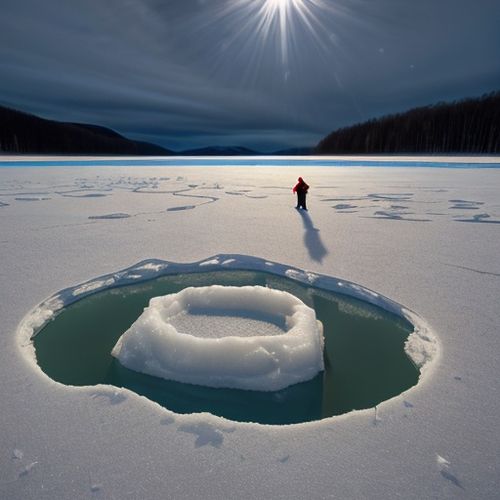
By Natalie Campbell/May 8, 2025

By Olivia Reed/May 8, 2025
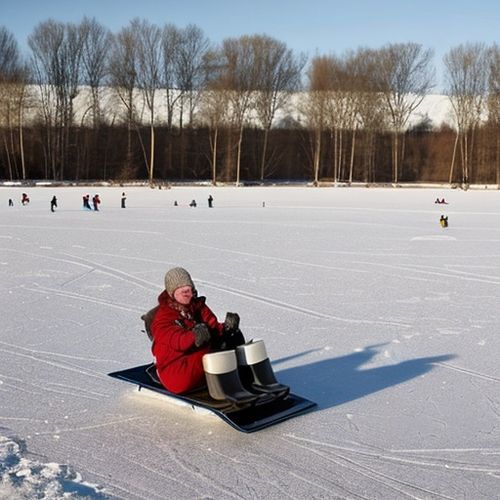
By Lily Simpson/May 8, 2025

By Olivia Reed/May 8, 2025

By Thomas Roberts/May 8, 2025

By Daniel Scott/May 8, 2025
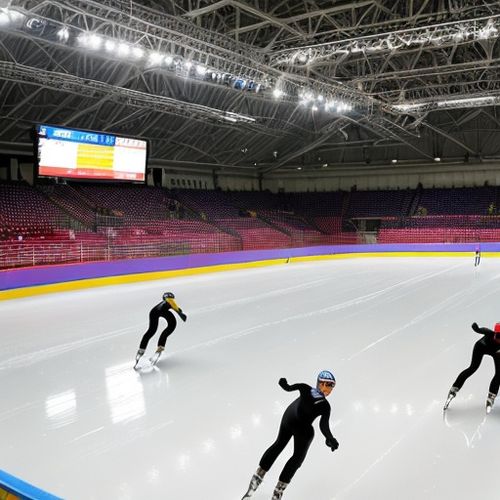
By George Bailey/May 8, 2025

By David Anderson/May 8, 2025
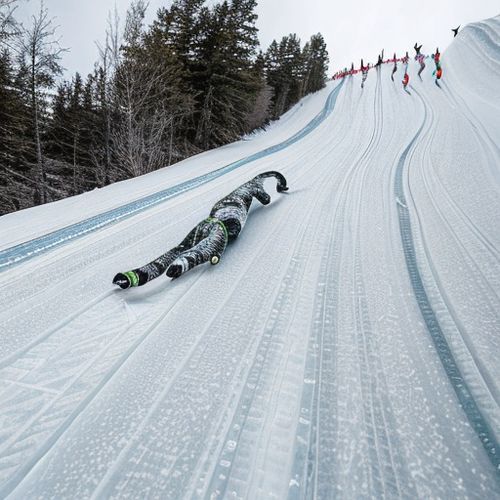
By Amanda Phillips/May 8, 2025
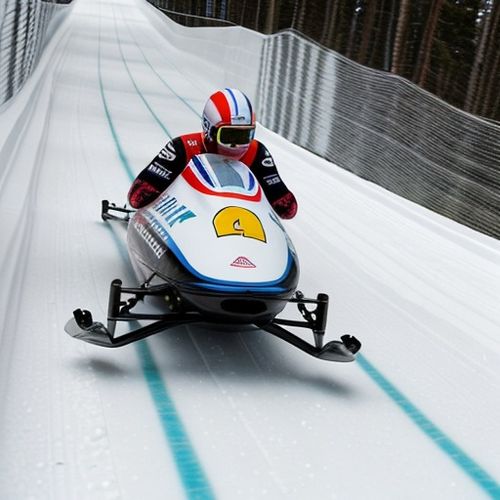
By Rebecca Stewart/May 8, 2025

By Christopher Harris/May 8, 2025

By Emily Johnson/May 8, 2025
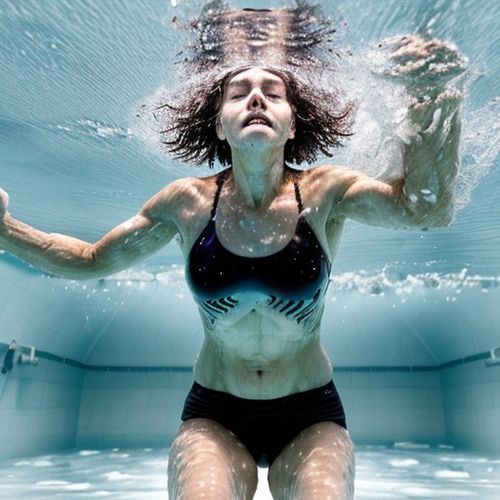
By Christopher Harris/May 8, 2025
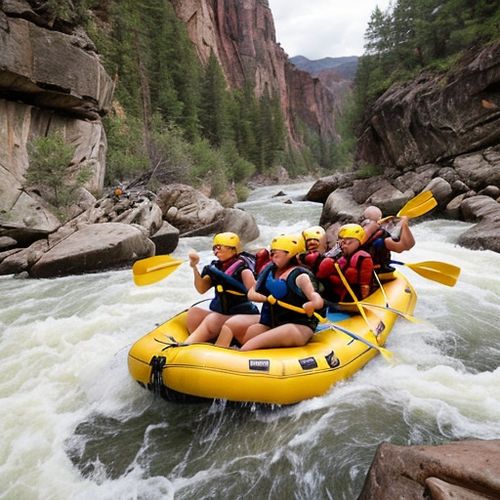
By Thomas Roberts/May 8, 2025

By Rebecca Stewart/May 8, 2025

By Noah Bell/May 8, 2025

By Lily Simpson/May 8, 2025

By Megan Clark/May 8, 2025
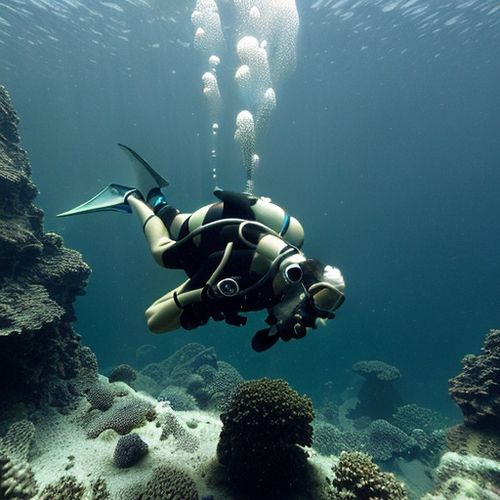
By Megan Clark/May 8, 2025